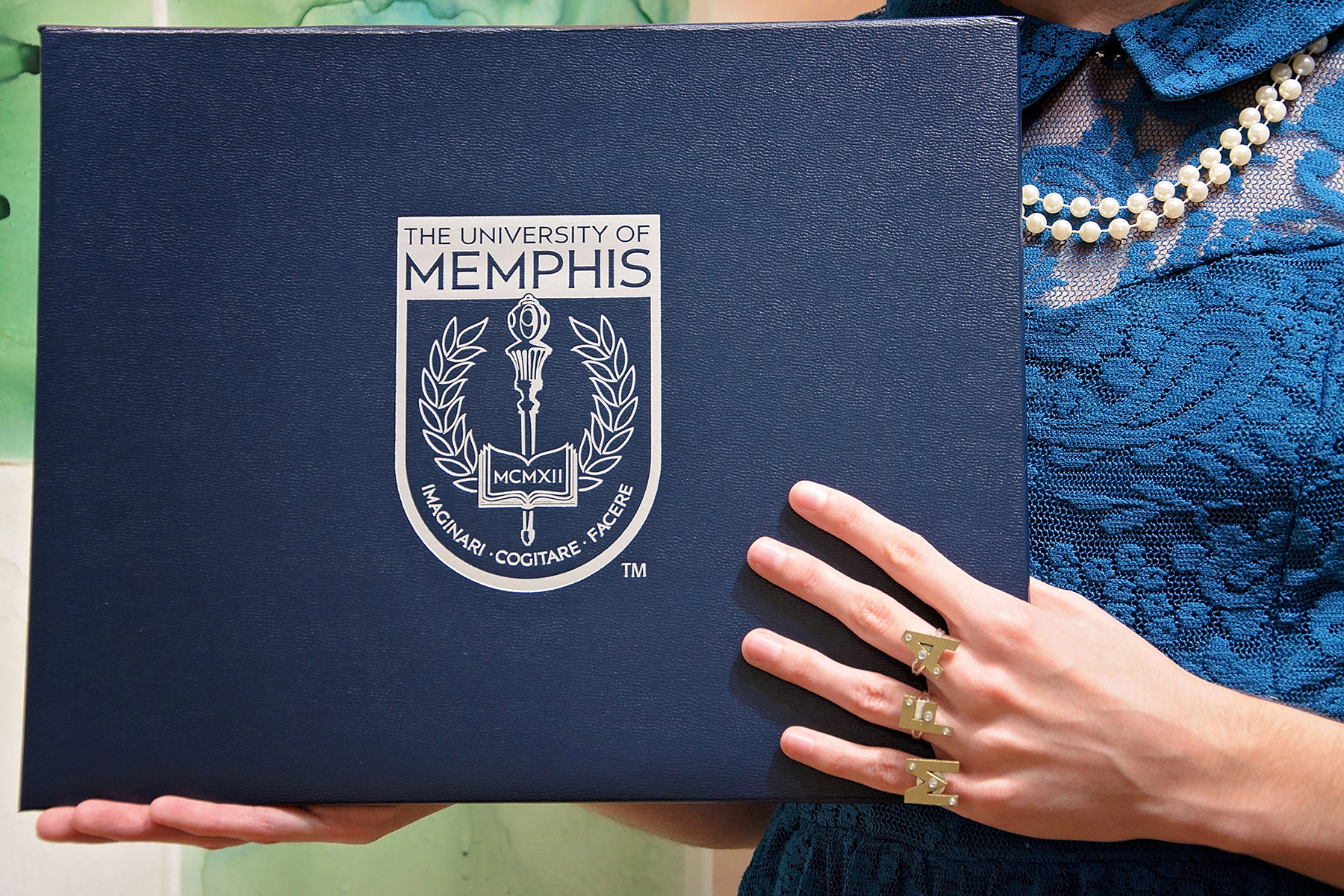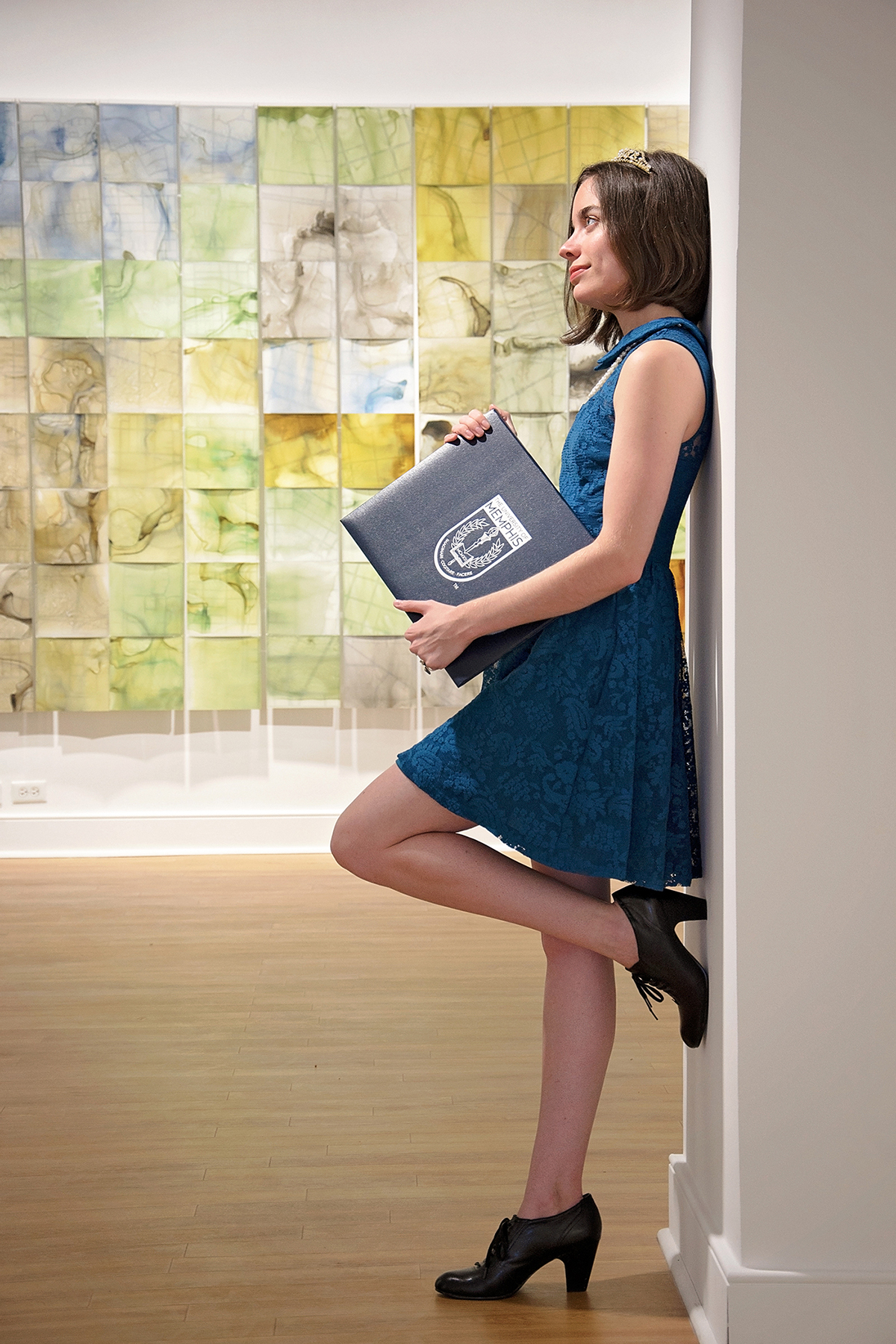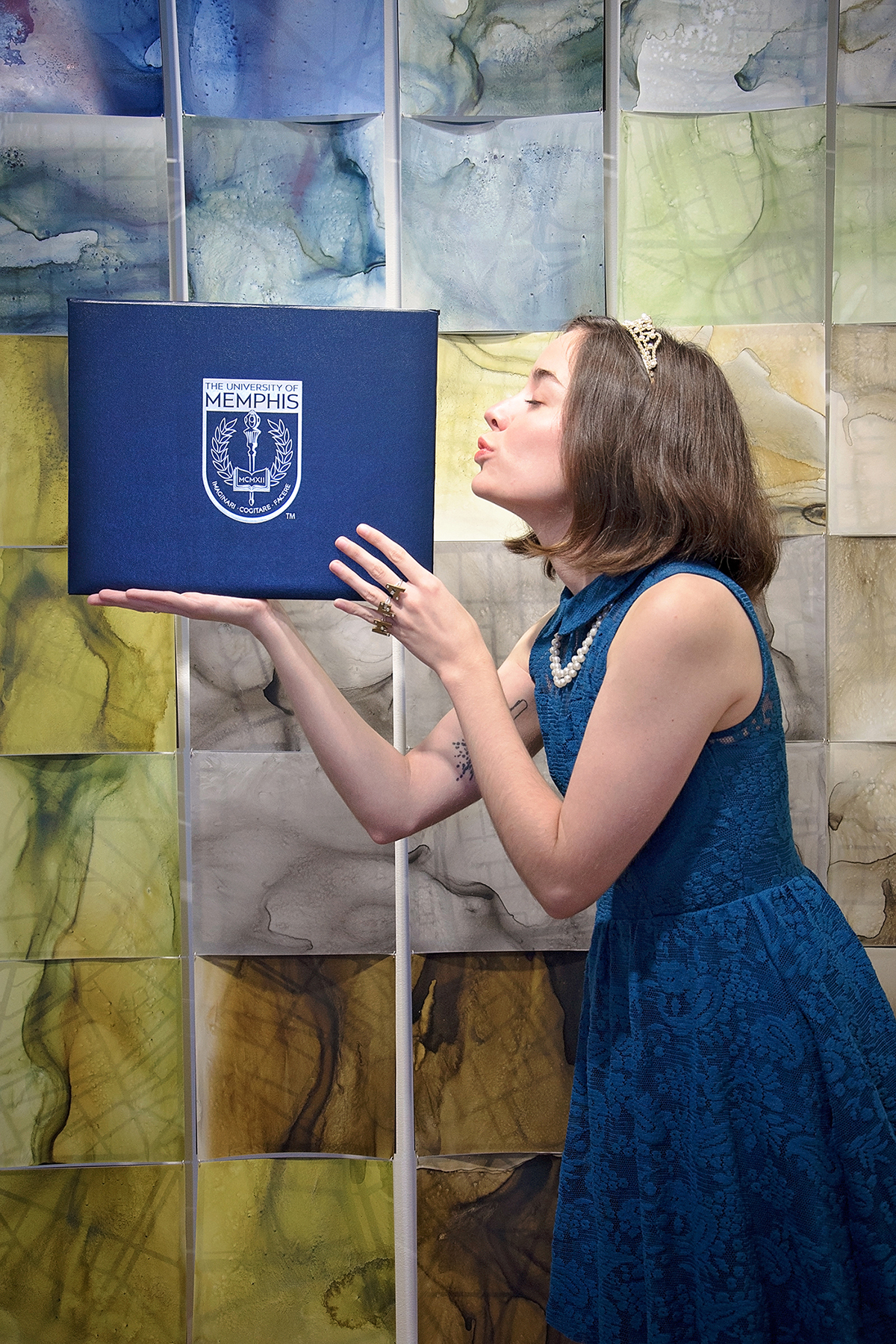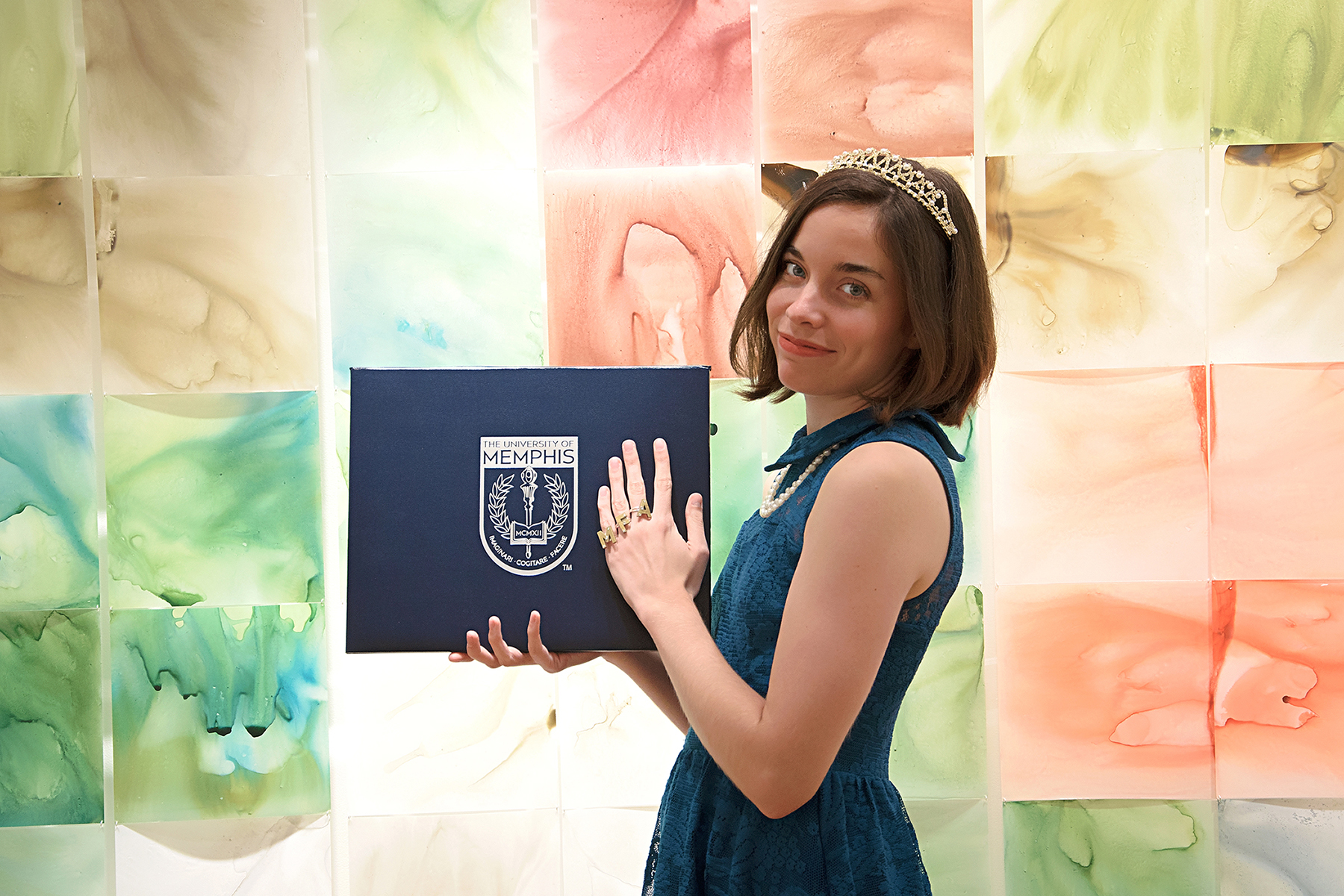I'm sure you've seen it by now: portraits, like mine here, of an overjoyed person batting their eyes at a degree, major project, or job offer. I don't know if it's overdone yet, but I'm in favor of it continuing. I've seen way too many friends and peers quietly accept their masters or doctorate to little fanfare; business as usual, no big deal.
It IS a big deal.
Getting any degree is a big deal. Particularly with grad school graduates, it seems to me that they finish, heave a sigh of relief, and resume taking care of the baby, the job, the housework, and life as usual, as if an MBA was on the grocery list.
Great accomplishments deserve celebration. Easy enough; just throw a party. Why marry it?
I do not always adore what I do. I have days where I wished I didn't have this stupid calling, days where I want to go out on the town or binge watch TV without the guilt of needing to get up and work. Acquaintances ask why my "hobby" takes up so much of my time, and I wonder if it's a fight worth picking. But I also have days where I am so grateful to have this thing that brings meaning and joy to my life, even when it's hard or thankless. For better, for worse, for richer, for poorer, in sickness and in health, until death do us part. I am and will always be an artist. That's my commitment.
I had a professor say that something like 90% of art graduates don't continue to make work after graduation. I looked for real statistics to cite, but I couldn't even decide what parameters to put on the data. Does it count if you show work without selling it? Does it count if you make work without showing it?
Regardless of what the numbers are for everybody else, I made my goals and remain devoted to them:
I will make art.
I will show my work.
I will be unafraid to push my work to new limits.
My MFA taught me these habits, which is why I wanted cement this relationship as a lifelong commitment.
A major criticism of appropriating marriage to celebrate a vocational milestone is that to some, it undermines the celebration of marriage between people, especially if I want to tie the knot later. No, I didn't have to call it a marriage. A lot of people getting these grad school photo shoots are simply emulating the over-the-top celebration without wearing their hot-glued wedding bands everywhere they go.
I've thought about this a lot, and this is where my personal priorities lie. I have an amazing partner, and he understands and supports my commitment to art, in part because he's equally committed to music. We labor at our day jobs, and help each other when laboring at our creative jobs. He and I are the kind of people who are not hurt by what art asks of us.
I hope to see others publicize their commitments to what they love, and not just who they love. It's a great opportunity to share how things work in your field, especially if it's different from what your family and friends are used to. What do you love?









